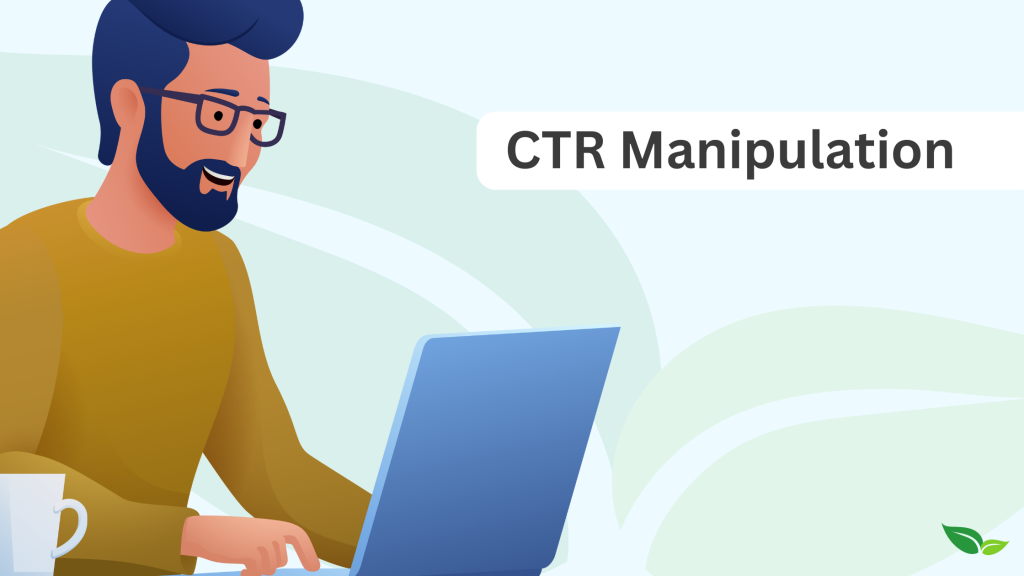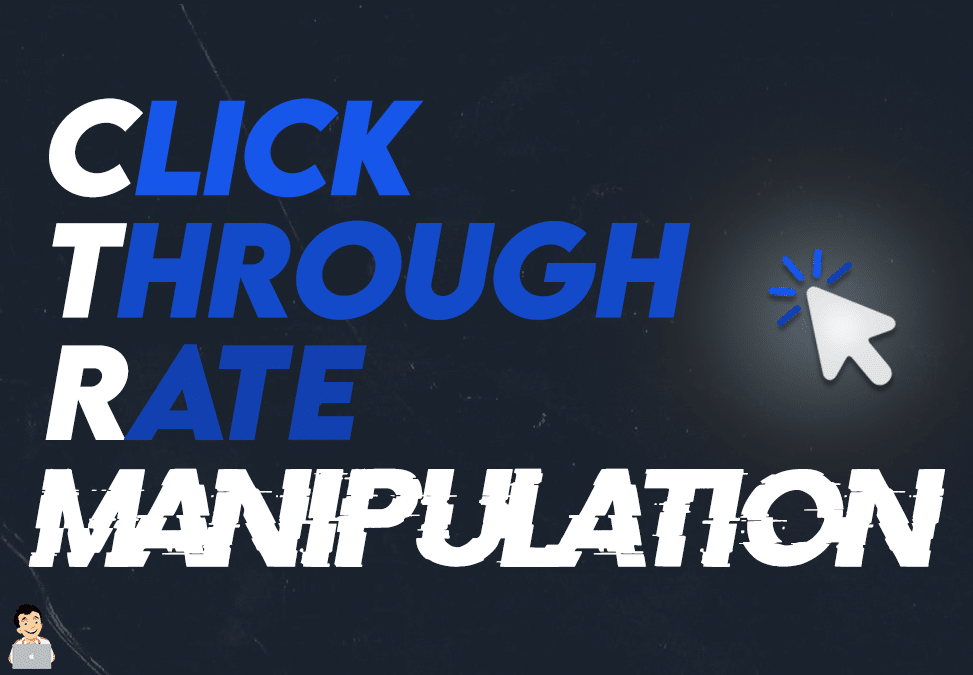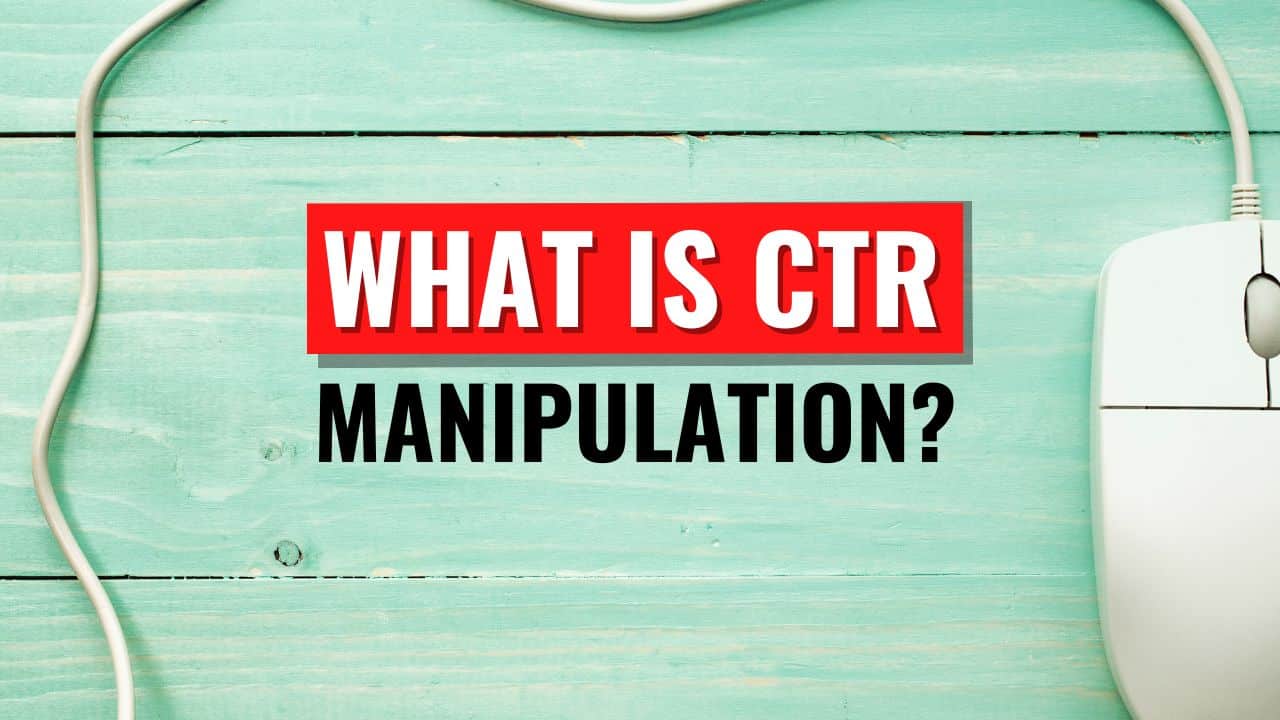Accomplish Impressive Click-Through Rate Improvements with CTR Manipulation
Wiki Article
Drive Greater Click-Through Fees With Advanced CTR Control
From refined optimizations in advertisement design to the strategic usage of persuasive language, the course to improving CTR holds appealing opportunities that can improve project outcomes. Keep tuned to uncover the nuanced techniques and innovative strategies that lead the method for improved CTR efficiency.Recognizing CTR Adjustment Techniques
In the realm of digital advertising, understanding CTR manipulation techniques is essential for attaining success in online ad campaign. Click-Through Rate (CTR) control entails methods targeted at raising the percent of clicks a specific advertisement gets contrasted to the number of times it is presented. One common method is ad placement optimization, where advertisements are purposefully placed on sites or search engine results pages to attract more interest from users. Crafting compelling ad copy and utilizing attractive visuals are likewise efficient ways to manipulate CTR. In addition, leveraging A/B testing permits online marketers to contrast the performance of various advertisement variations and fine-tune their methods based upon data-driven understandings.Furthermore, utilizing targeted key words and target market division can enhance CTR by guaranteeing that ads reach the appropriate people at the correct time. By comprehending the ins and outs of CTR adjustment strategies, marketers can boost the efficiency of their on-line advertising projects and drive greater interaction degrees with their target market.
Implementing Data-Driven Approaches
Utilizing data-driven techniques is vital in modern-day digital advertising and marketing methods to improve campaign performance and maximize roi. By leveraging information analytics, online marketers can get valuable insights into customer habits, choices, and trends. This info permits the production of targeted and individualized projects that resonate with the designated target market, ultimately driving higher click-through prices (CTR)One key aspect of carrying out data-driven strategies is using A/B screening to maximize advertisement efficiency. By testing different advertisement variants and evaluating the results, marketers can fine-tune their campaigns to boost CTR. Furthermore, employing tools like Google Analytics and social media analytics platforms can give thorough metrics on user engagement, enabling real-time modifications to improve project performance.
Moreover, utilizing customer connection administration (CRM) systems can help marketers track client interactions and tailor their messaging accordingly. By segmenting consumers based on their actions and preferences, marketers can develop hyper-targeted projects that are most likely to drive conversions and clicks. In general, incorporating data-driven strategies right into CTR adjustment methods can cause even more effective and impactful digital advertising projects.

Leveraging Emotional Triggers
Using the power of mental triggers is a strategic approach that can substantially affect click-through rates (CTR) in electronic marketing projects. CTR Manipulation Press Release. By understanding human habits and what encourages people to click on advertisements, online marketers can customize their messaging to stimulate certain emotional reactions that drive involvement. One efficient psychological trigger is the principle of reciprocity, where offering something of worth upfront can force customers to reciprocate by clicking the ad
A/B Testing for Ideal Outcomes
Utilizing A/B screening is an essential practice in digital advertising and marketing that enables marketers to compare 2 versions of a page or promotion to identify which one does far better. By carrying out A/B tests, marketers can gain useful understandings right into what resonates with their target market, bring about maximized click-through rates (CTR) When setting up an A/B test, it is critical to determine particular elements to examination, such as headings, pictures, call-to-action buttons, or shades. Testing one element at a time ensures clear outcomes and workable verdicts.To attain optimal outcomes, it is necessary to have a clear theory for every test and to gather adequate information to make statistically significant choices. Additionally, it is essential to evaluate each variation at the same time to get rid of outside factors that might alter the outcomes. By constantly running A/B examinations and applying the findings, online marketers can fine-tune their approaches, improve CTR, and eventually drive higher involvement and conversions.
Surveillance and Assessing Efficiency
Reliable tracking and evaluation of performance metrics are indispensable components of any type of effective digital marketing campaign. By closely tracking vital performance indicators (KPIs) such as click-through prices (CTR), conversion rates, bounce prices, and interaction metrics, online marketers can acquire important insights into the effectiveness of their techniques and make data-driven decisions to optimize campaign efficiency.Utilizing devices like Google Analytics, online marketers can monitor the performance of their electronic advertisements in real-time, allowing them to quickly recognize trends, patterns, and prospective areas for renovation. By establishing up custom-made records and dashboards, marketing experts can easily track the effect of various variables such as advertisement copy, layout aspects, targeting criteria, and a lot more on CTR and various other essential metrics.
Evaluating efficiency data allows marketers to comprehend what is resonating with their target audience and what is not. By determining underperforming ads or landing pages, marketers can make enlightened changes to improve CTR and overall project effectiveness. LinkDaddy CTR Manipulation. Continual surveillance and evaluation of efficiency metrics are essential for enhancing electronic advertising projects and driving higher click-through rates
Verdict

From subtle optimizations in advertisement design to the strategic use of convincing language, the course to boosting CTR holds fascinating opportunities that can reshape project end results. Click-Through Rate (CTR) control entails approaches intended at enhancing the portion of clicks a particular advertisement receives contrasted to the number of times it is displayed. By checking different ad variations and assessing the outcomes, marketing professionals can refine their campaigns to increase CTR. By recognizing underperforming advertisements or landing web pages, marketers can make informed adjustments to enhance CTR and total project effectiveness.In verdict, using advanced CTR control strategies, such as enhancing ad placements, producing engaging visuals, utilizing influential copy, and leveraging mental triggers, can substantially improve click-through rates.
Report this wiki page